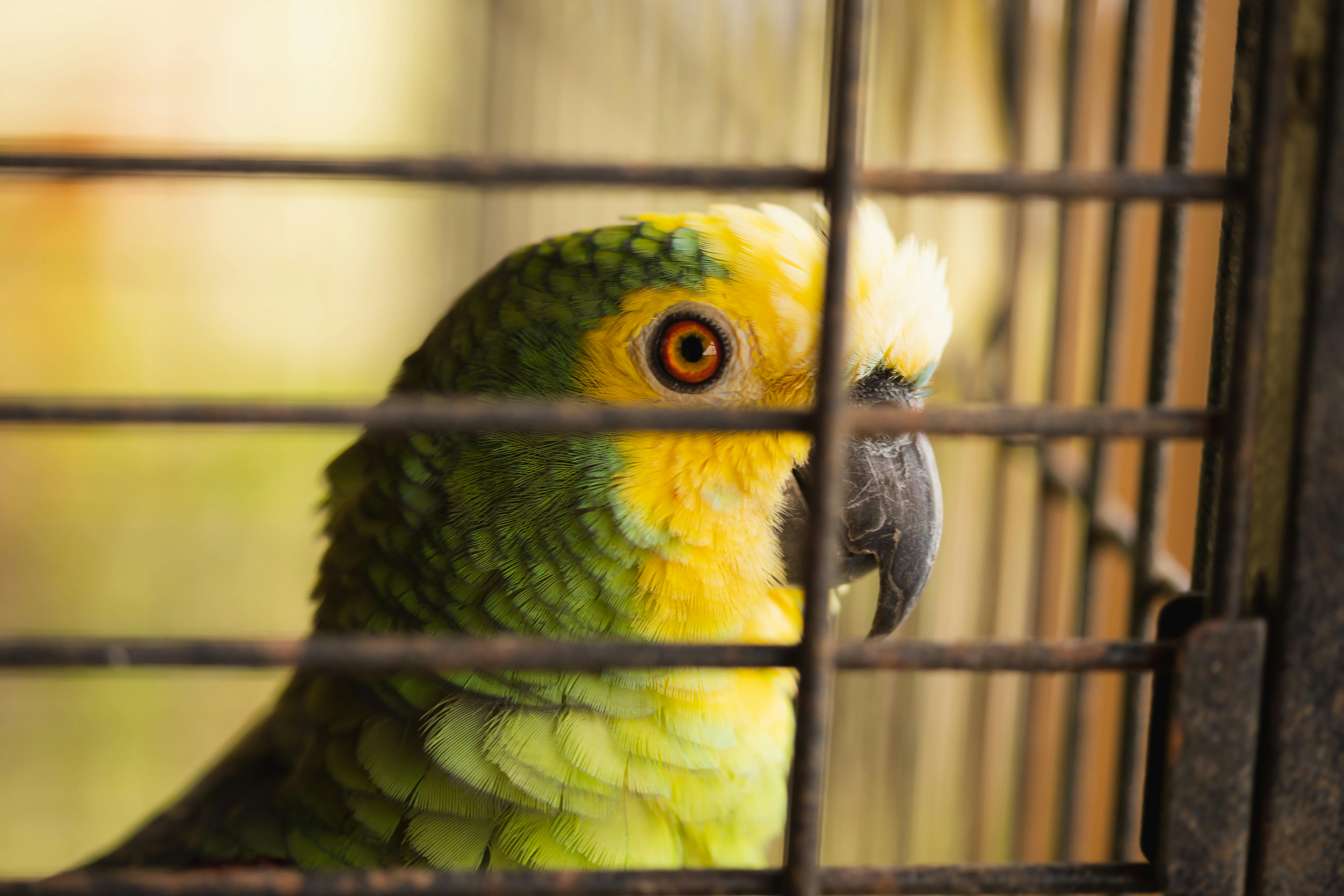Top 5 Ways to Treat Hamster Wet Tail in 2025: Effective Solutions for a Healthy Pet
Hamster wet tail is a serious condition that affects our small furry friends, often leading to severe health issues if not addressed promptly. This condition is characterized by diarrhea, which can lead to dehydration and other complications. Hamsters are susceptible to wet tail due to various factors, including stress, improper diet, and unsanitary living conditions. It's essential for pet owners to be well-informed about wet tail symptoms, treatment options, and preventative measures to ensure their pet hamsters lead healthy lives.
This article will explore the top 5 ways to treat hamster wet tail effectively while ensuring your pet’s comfort and well-being. From understanding the symptoms to seeking vet care, we will cover essential aspects of hamster care. Moreover, you'll find expert tips on maintaining a healthy habitat and preventing wet tail in the first place, ensuring your furry companion remains happy and healthy.
Let’s dive into the key aspects that you need to know for treating and preventing wet tail, to improve your pet's overall health!

Understanding Wet Tail Symptoms and Causes
Wet tail symptoms are identifiable and can vary from mild to severe. The common signs include wetness around the hamster's tail and hindquarters, diarrhea, lethargy, and a lack of appetite. Recognizing these symptoms early on can significantly improve the chances of effective treatment.
Several factors contribute to the onset of wet tail in hamsters. Stress is a primary culprit and can stem from changes in environment, overcrowding, or handling by humans. Additionally, poor diet and inadequate hydration can exacerbate this issue. Understanding these triggers can help prevent your pet from developing wet tail in the first place. By addressing these concerns, owners can create a more stable and comfortable living environment for their hamsters.
This naturally leads us to the next critical aspect: effective treatment options for wet tail and how to implement them.
Immediate Care and Observation
The first step in treating a hamster with wet tail is to closely monitor their health. Observational care involves watching for signs of dehydration, such as sunken eyes and dry skin. Ensuring access to fresh water is crucial, as hydration plays a significant role in recovery.
Next, isolate the hamster to minimize stress and prevent transmission if there are other pets nearby. Providing a quiet environment can help them recover more effectively. Always ensure that the hamster has comfortable bedding — using the best bedding for hamsters can enhance their recovery process by providing a cozy and safe place to rest.
Adjusting the Hamster Diet
Dietary adjustments are fundamental in treating wet tail. A diet rich in fiber is essential for recovery. Consider introducing high-fiber vegetables like carrots or hay, but be cautious as dietary changes should be gradual. Additionally, avoid sugary treats, which may contribute to gastrointestinal upset.
Offering hydration solutions like electrolyte-enriched waters or approved broths can assist in restoring balance. Moreover, homemade hamster treats can be a flavorful way to encourage appetite while ensuring nutritional needs are met. This holistic approach plays a vital role in promoting overall hamster health and recovery.
Consulting a Veterinarian for Antibiotics
If symptoms persist, seeking professional veterinary care is crucial. A vet can provide antibiotics for hamsters to combat any underlying infections. They may recommend specific medications tailored to your hamster's needs, ensuring a comprehensive treatment plan.
Regular vet check-ups are essential, especially when you suspect illness. Addressing potential health issues early can make a significant difference in treatment outcomes. Veterinary professionals offer invaluable insights and strategies for hamster health management, ensuring your pet receives optimal care.
Implementing Stress Management Techniques
Managing stress in hamsters is critical for preventing wet tail and other health issues. Create a comfortable habitat that includes safe hamster toys and hiding spaces to help reduce anxiety. Regular playtime activities promote social interactions and can lighten their mood, while an exercise wheel encourages activity and reduces boredom.
Additionally, it’s important to handle hamsters correctly. Proper handling ensures that they feel safe, which directly impacts their stress levels. Gradual introductions to new environments or pets can also alleviate potential stress. Understanding hamster needs and respecting their comfort levels contributes to their well-being.
Preventing Wet Tail in Hamsters
Once you've addressed the immediate issues associated with wet tail, focusing on prevention will have an enormous impact on your hamster's overall health. Here are some proactive steps you can take.
Creating a Secure Hamster Habitat
Ensuring a clean living environment is foundational in hamster care. Regularly cleaning and disinfecting hamster habitats eliminates harmful bacteria and promotes good hygiene. Adequate bedding, proper lighting, and ventilation all contribute to a safe and secure habitat that complements your hamster’s health.
In addition to cleanliness, preventing humidity is essential. A humid environment can exacerbate wet tail conditions; thus, maintaining a balance in humidity levels is necessary. With a well-constructed cage and appropriate bedding materials, you can optimize your hamster's living space for comfort and health.
Providing a Well-Balanced Diet
Offering a nutritious diet tailored to your hamster's needs is essential for preventing wet tail. High-quality hamster food that contains balanced nutrients supports their overall well-being. Supplementing with fresh fruits and vegetables aids hydration and enriches their diet without compromising their health.
Understanding hamsters' unique dietary needs is vital. Regularly reviewing nutritional information and dietary options gives you tools to ensure their health remains uncompromised. Treating your hamster to the right food and hydration strategies is one of the best ways to enhance their quality of life.
Regular Monitoring of Hamster Behavior
Monitoring your hamster’s behavior is key to spotting early signs of stress or illness. Identifying changes in activity levels or eating habits can provide actionable insights into their health. By documenting these behaviors, you can share your observations with a veterinarian should any issues arise.
Behavioral changes can often indicate underlying problems; therefore, staying engaged with your pet’s health can improve rapid responses to potential health deterioration. Engaging with pet professionals or community resources for hamsters offers added support for navigating hamster health challenges.
Expert Recommendations for Caring for Sick Hamsters
When caring for sick hamsters, expert recommendations emphasize the importance of patience and knowledge. Make sure to handle them gently to avoid stress and provide a low-stress environment that promotes healing.
Seek Professional Guidance
Don’t hesitate to consult a vet if wet tail symptoms manifest. An informed veterinary perspective ensures your pet receives the best treatments available. Regular check-ins with a vet can help keep your hamster's health on track.
Practice Good Hygiene
Effective hamster cleaning practices are paramount in preventing illnesses like wet tail. It’s essential to disinfect all surfaces in the cage regularly and ensure that food and water sources are clean and fresh. Simple yet thorough cleaning routines can drastically reduce the risk of diseases.
Creating a Supportive Recovery Environment
Finally, your sick hamster will require a quiet and supportive recovery environment. Avoid overhandling and provide plenty of comfort items. A cozy, safe place for recovery enhances your hamster's odds of a smooth recovery from wet tail.

Conclusion
Understanding and addressing hamster wet tail through careful observation, immediate treatment, and preventative measures plays a crucial role in ensuring your pet's health. By creating an optimal environment, adhering to a balanced diet, and engaging regularly with veterinary services, you can drastically improve your hamster’s quality of life.
By adopting these effective solutions, pet owners can become proactive in their hamster care, fostering healthier, happier pets. Always remember that preventative actions are key. Your hamster's health depends on your commitment to maintaining a safe and loving environment.
For more resources on hamster health and care, check out this topic or explore additional hamster care tips.
